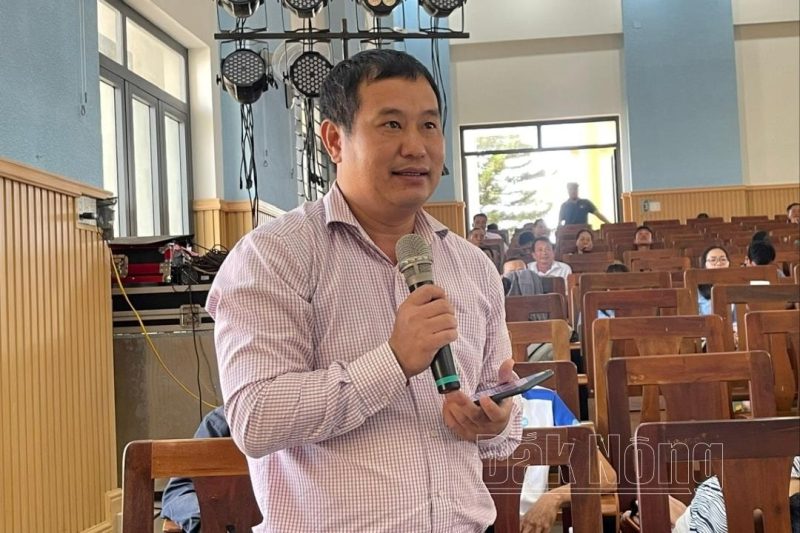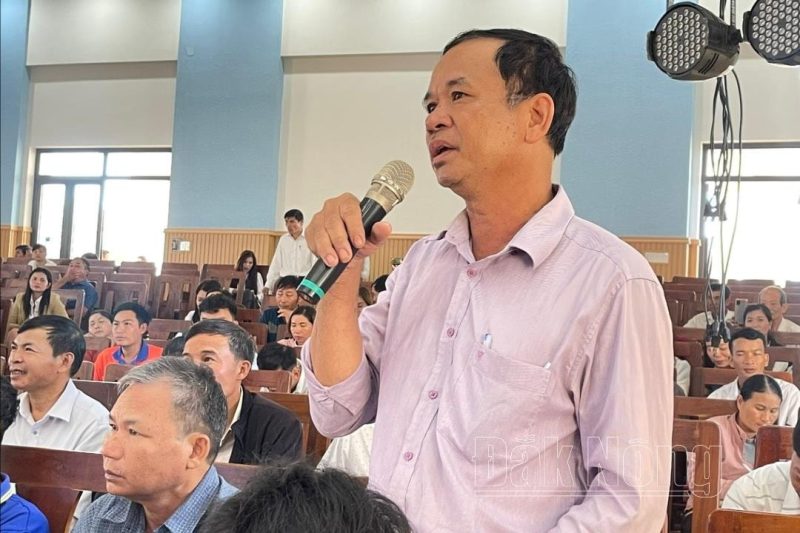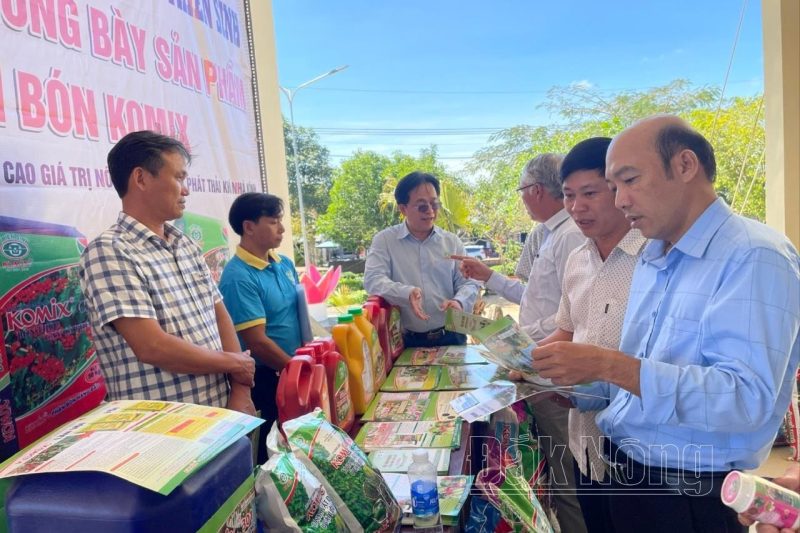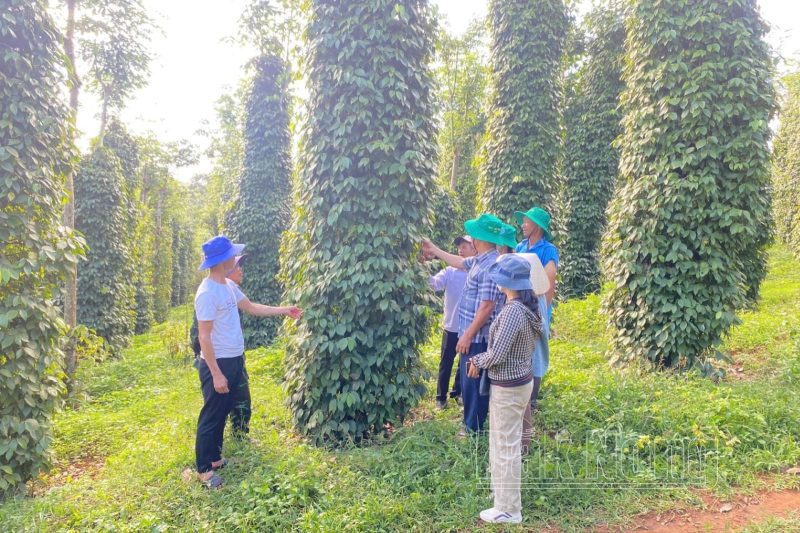On November 15, the National Agricultural Extension Center in collaboration with the Department of Agriculture and Rural Development of Dak Nong province organized the Forum “Sustainable pepper farming solutions to reduce greenhouse gas emissions in Dak Nong province”.
Dak Nong currently has more than 34,000 hectares of pepper, with an average yield of about 2.4 tons/ha; Total annual output reaches about 70,000 tons/year.
Dak Nong pepper ranks first in the Central Highlands and the whole country in terms of area; Ranks 2nd in the country (after Dak Lak) in terms of output. The most concentrated pepper area is in Dak Song, Dak R’lap, and Dak Mil.


Dak Nong is developing pepper into a concentrated commodity production industry, meeting export conditions in the world market.


The province develops resolutions, projects, programs and specific pepper development plans. In particular, the province aims to develop pepper in large-scale, concentrated production areas, improve product quality, associated with preservation, processing and consumption along the value chain.


However, currently, pepper production is still spontaneous, small and fragmented, with not much production cooperation between farmers.


To date, the whole province has 322.8 hectares of pepper certified by VietGAP; 601.7 hectares are certified organic and 2,219.8 hectares meet other standards such as Fluorine, Rainforest…
At the forum, experts, scientists, businesses, and management agencies presented a number of presentations on the current situation and solutions for sustainable pepper development to reduce greenhouse gas emissions in Dak Nong province.


Applications of new scientific and technical advances in sustainable pepper farming to reduce greenhouse gas emissions in Dak Nong province are also mentioned.
Solutions for using pesticides and fertilizers on pepper plants to adapt to climate change, reduce greenhouse gas emissions… were given by experts at the forum.


Pepper growing households in the province expressed opinions and recommendations to authorities and businesses about the current status of fertilizer management; Measures to help farmers apply farming to reduce greenhouse gas emissions; How to prevent and eliminate quick and slow death diseases, using quality pepper varieties…
Dak Nong set a goal of maintaining about 34,000 hectares of pepper by 2025, with an output of about 73,000 tons/crop; By 2030, the area will reach about 33,600 hectares and the output will be about 73,000 tons/crop. The province formed and developed 4 pepper production areas applying high technology and concentrated production areas, with a total area of 3,049 hectares in key pepper production areas.
